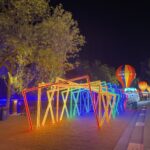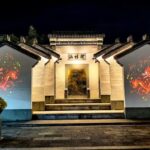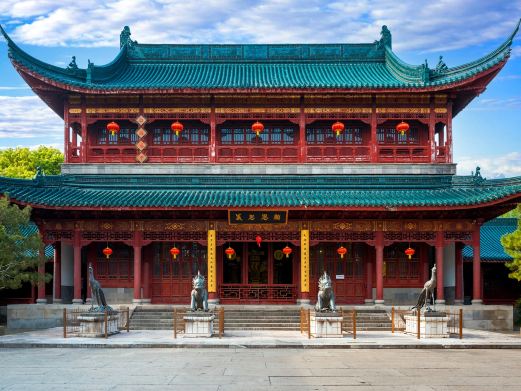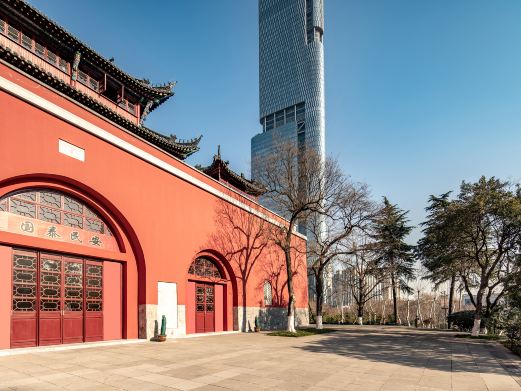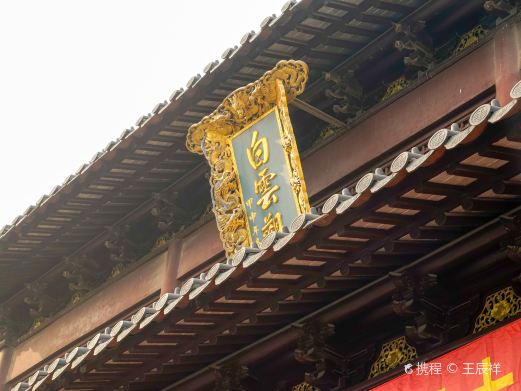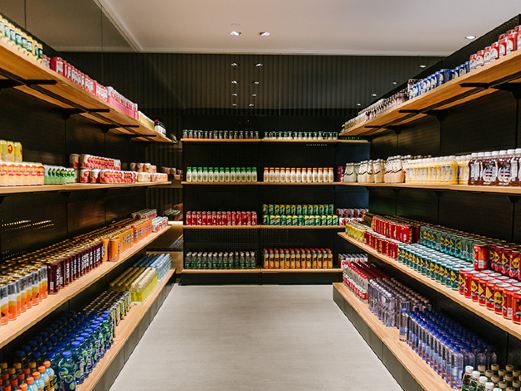Zha Ji is located approximately 20 kilometers east of the Peach Blossom Pond, where Li Bai once wrote ‘The peach blossom pond water is a thousand feet deep’. Visitors often visit both places together. This ancient Huizhou village, established in the early Tang Dynasty, has been inhabited by the Cha family since their ancestor Cha Wenxi settled here. Cenxi, Xuxi, and Shixi, the three streams converge within the village, and white-walled black-tiled Huizhou architecture lines the streams.
Numerous ancestral halls in the village feature exquisite Huizhou carvings on bricks, wood, and stone. Students sketching in the village are also a beautiful sight to behold. The main tourist route in Zha Ji forms a loop, with the main entrance on the east side. The pedestrian street (Xinjie) entrance leads to the Southern Anhui Zha Ji Art Museum, which houses a rich collection of jade, ancient architectural components, and inscriptions. If time allows, it is worth a visit. After passing through the pedestrian street, one officially enters the village. It is recommended to start with the southern half of the loop, as the attractions along Xuxi in the south are more concentrated. The Baogong Ancestral Hall (Dun Su Tang), rebuilt during the Qing Tongzhi period, is located on the eastern section of Xuxi. A fork in the southwest direction leads to two important buildings deeper into the path. First, you will arrive at Degong Hall, built during the Yuan Dynasty, with a unique archway as its entrance and pillars made from precious Phoebe wood. Next is the Aidi Hall from the Ming Dynasty, which was featured in the horror film ‘Deserted Village Inn’. Although it is said to be one of the better-preserved residences in the village, it is not open to the public. Return to Baogong Ancestral Hall and continue westward along Xuxi, paying attention to the various ancient bridges over the stream. The Honglou Bridge from the Ming Dynasty has a unique combination with the Honglou Pavilion on one side. After visiting other attractions such as Honggong Ancestral Hall, if you continue westward, you can reach the Painters’ Village, named after many painters who have built their own painting bases here. The hometown of Hu Ge in ‘The Life Enlightenment’, Yuegui Villa, is nearby. When walking the northern half of the loop, you will encounter attractions such as the Qing Dynasty’s Yuqing Hall and the Ming Dynasty’s Xiangyi Hall. Among them, the Erjia Ancestral Hall is the largest in the village, built in the early Qing Dynasty, and the Huizhou carvings on the architecture are well worth a visit. As you approach the pedestrian street, do not miss the unassuming pharmacy, Cunrentang. The owner is a master who understands traditional Chinese medicine. This is the general way to experience the village. If you prefer nature, you can find a fork to Qingshan from Cunrentang to the pedestrian street, cross a mountain ridge to visit Qingshan Tower, and smell the fragrance of cloud tea all over the mountain. You can also take a half-hill walk along Zha Ji Primary School – Fafeng Well – Linzhi Bridge, or climb the Song Mountain on the southeast side to visit Song Tower, or cycle to Hou’an, 5 kilometers to the northeast, to visit Wang Jixiang’s former residence and memorial hall, enjoying the rural scenery along the way. Bicycles can be rented on the pedestrian street or at some inns. If you do not know how to get to these places, just ask the locals.Accommodation and meals in Zhaji are very convenient. Meals can be solved in inns. Hairy tofu, tea, osmanthus rice wine, chestnuts and kiwis in autumn are all local specialties. The accommodation conditions in the depths of the village are relatively simple, but the scenery is beautiful. Many students live in the pedestrian street at the entrance of the village. Young people can easily chat happily together.
There are also simple entertainment activities such as billiards, Internet cafes and KTV on the street. Some inns in the village have observation decks on high places. If you don’t stay overnight, you need to pay extra for taking pictures upstairs. For example, Guangyuanlou with good reputation is said that the publicity photos of Zhaji were taken in his house. Opening hours: Open all day all year round. Ticket pick-up time for online tickets is from 8:00 to 16:30. Preferential policies: Children: Those under 1.2 years old (inclusive) or under 6 years old (inclusive) in height are free; minors aged 6 years old (excluding) to 18 years old (inclusive) are half-price. Seniors: Those aged 65 years old (inclusive) and above are free; seniors aged 60 years old (inclusive) to 65 years old (excluding) can enjoy half-price with senior citizen card or ID card. Students: Students in school can enjoy half-price with valid certificates. Military personnel: Active servicemen and retired military cadres can enjoy free admission with valid certificates. College, middle and primary school students on group visits: College, middle and primary school students on group visits to educational bases are free. Supplementary note: Other preferential policies: Local residents of Jingxian County, members of China Photographers Association, members of Anhui Photographers Association, members of China Artists Association, members of Anhui Artists Association, members of China Calligraphy Artists Association, and members of Anhui Calligraphy Artists Association can enjoy free admission with valid certificates; tourists surnamed Zha can enjoy half-price with their ID cards. (Note: Due to the overloaded reception of the scenic area during the Qingming Festival, May Day holiday and National Day holiday, this preferential policy is not applicable during this period. Please travel off-peak!) The above information is for reference only. The specific information shall be subject to the disclosure on the day of the scenic area. Service facilities: Parking lot: [Parking lot of Zhaji Ancient Village]. Reference price: Subject to the actual situation of the scenic area. Address: At the scenic area ticket office and tourist service center. Number of parking spaces: 400.
